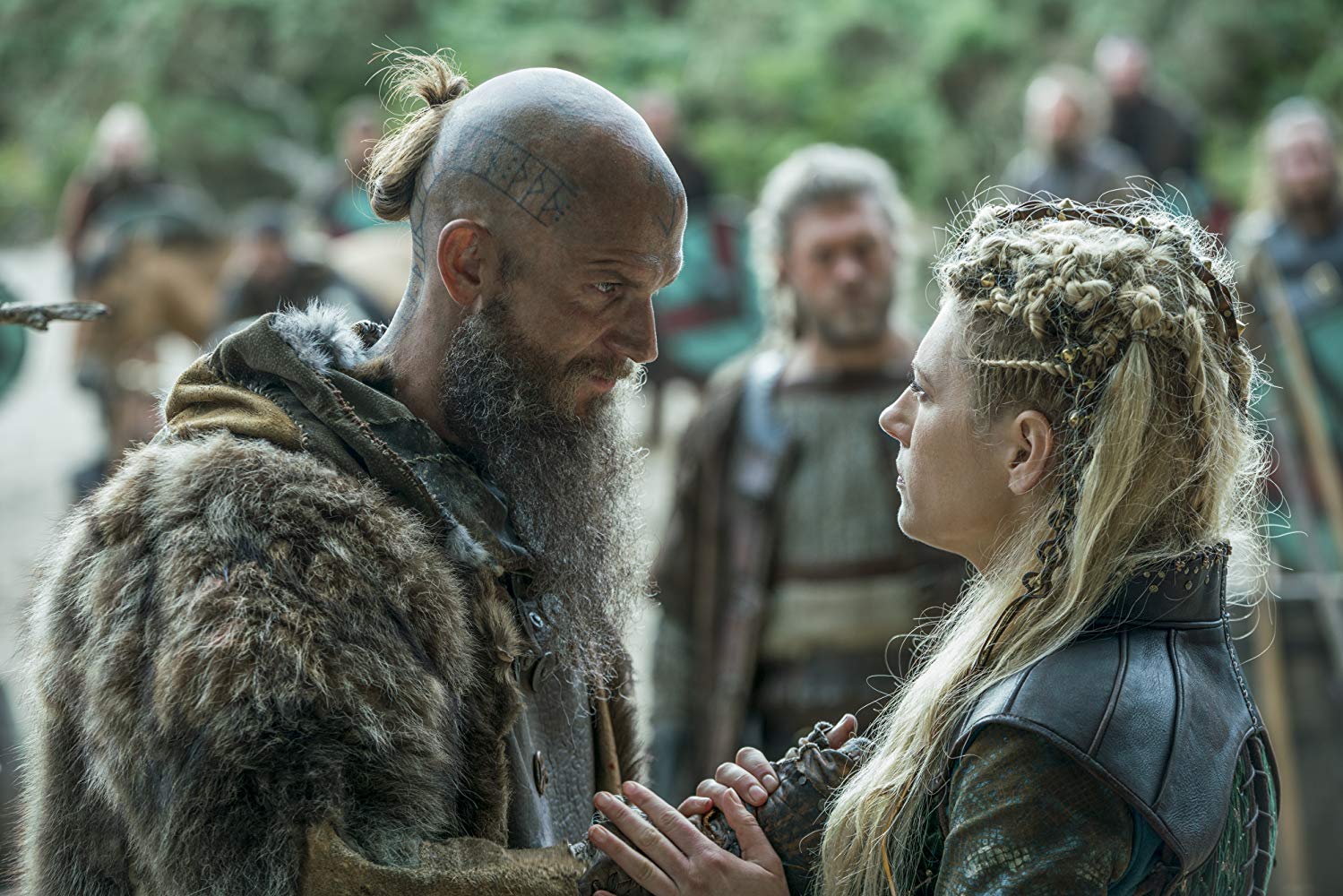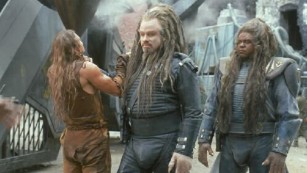

Ĭurtained hair and undercuts went out of style in the early 2000s, but underwent a revival in the early 2010s among hipsters and skaters who imitated the 1930s and 1940s version: longer with pomade in or swept to one side on top and shaved or clipped at the sides. Another variant, with a floppy permed fringe, was known as the "meet me at McDonald's haircut" due to its popularity among fast food workers during the 1980s. A collar-length version of the haircut, known as curtained hair, went mainstream in the early 1990s and was worn by many celebrities, most notably Tom Cruise. Revival īeginning in the late 1980s, centrally parted undercuts derived from the bowl cut made a comeback among fans of new wave, synthpop, and electronic music as an alternative to the mullets and backcombed hair of glam metal bands. In the early years, Turkish women made the decision to get an undercut to prevent lice.
#DID VIKINGS HAVE DREADLOCKS REDDIT MOD#
The undercut remained common in the UK and America until the 1960s, when longer hair such as the wings haircut was popularised by the mod subculture and British Invasion bands such as The Beatles and The Rolling Stones. In Nazi Germany, a version of this haircut which was long on top but shaved at the back and sides was popular among Wehrmacht officers. This made the short back and sides style the norm in the UK after 1918, and its variant the brush cut became common in North America and France. Military barbers of the World War I era gave short back and sides haircuts as fast as possible because of the numbers, under orders to facilitate personal hygiene in trench warfare, and as nearly uniform as possible, with an eye to appearance on parade. ĭuring the jazz age of the 1920s and 1930s, hairstyles of this type were considered mainstream fashion. Other gangs who favored this haircut were the Scuttlers of Manchester and the Peaky Blinders of Birmingham, because longer hair put the wearer at a disadvantage in a street fight. Despite the fire risk, much paraffin wax was used to keep the hair in place. In interwar Glasgow, the Neds (precursors to the Teddy Boys) favored a haircut that was long on top and cropped at the back and sides.

From the turn of the 20th century until the 1920s, the undercut was popular among young working class men, especially members of street gangs. Historically, the undercut has been associated with poverty and inability to afford a barber competent enough to blend in the sides, as on a short back and sides haircut. Wehrmacht soldiers with undercuts in 1942


 0 kommentar(er)
0 kommentar(er)
